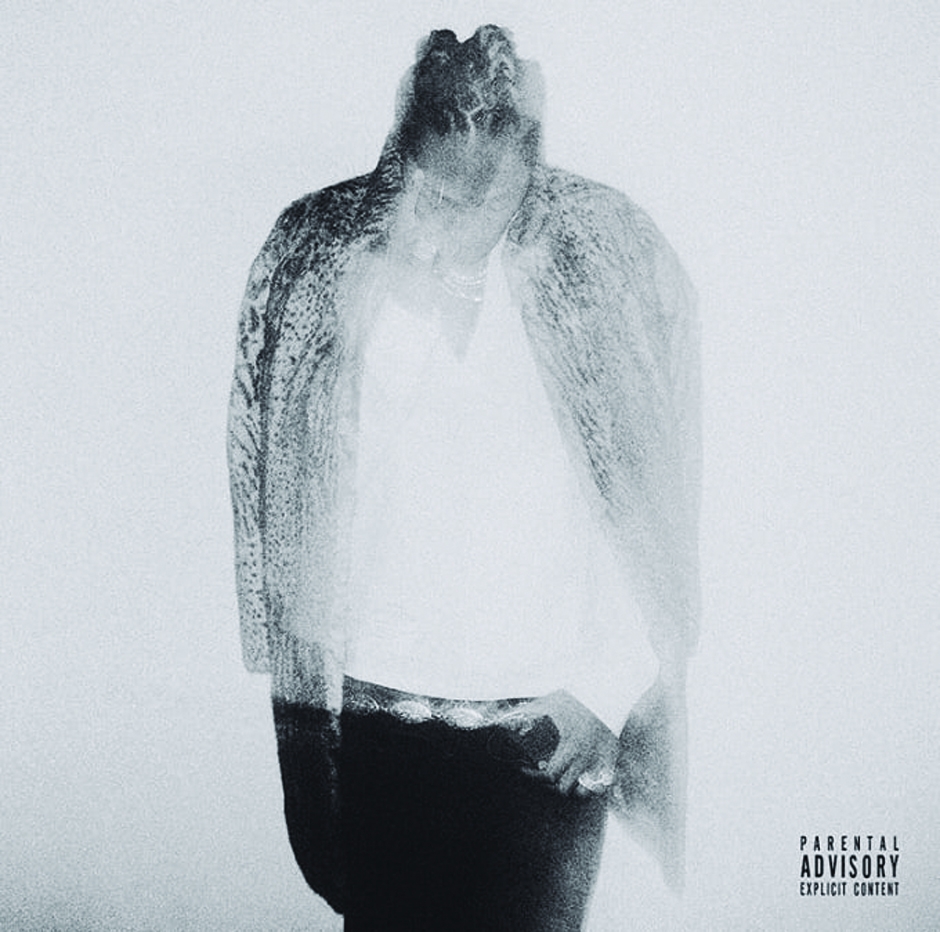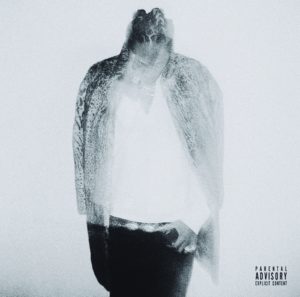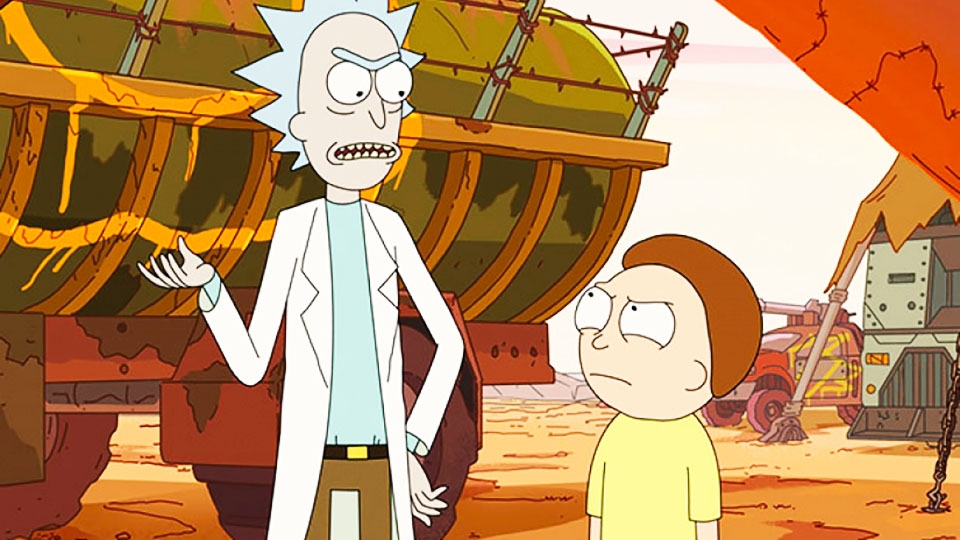

Pictured is the cover art for the second half of the dual releases, “HNDRXX.” The album features Rihanna and The Weeknd and was released a week after his self-titled album, “FUTURE.”
By Sean Armstrong | Staff Writer
The prolific rapper Future has released two albums in the past two weeks. The first, titled “FUTURE,” came out on Feb. 17 and the other, “HNDRXX,” on Feb. 24. Both are nothing short of phenomenal works of art, with a powerful message lying underneath their lyrics and form.
The two albums really synthesize into one album when carefully examined by the listener. Both albums are references to different halves of the rapper’s life. Future Hendrix, the rapper’s pseudonym is incorporated into the album names for a purpose, which is to show the strict contrast between the artist’s two lives.
He is referring to the appearance of his life in the limelight as the rapper Future on “FUTURE”, and then his true self which he keeps masked on “HNDRXX”. Still, it is when the albums are put together, that the listener can understand the entire picture of what the artist’s vision truly is and what he is trying to say.
“FUTURE” is an album that focuses on the lifestyle that many popular rappers espouse in their music. Future recalls how life was difficult on the streets and how he worked hard to get to where he is right now, a topic many rappers make reference to in their music. The subject matter is coupled with an almost traditional high hat combo that is found in many rap songs.
This album, is something that fans and general listeners alike have come to expect from Future. It is more of the same in many ways, but the underlying message derived from the pairing of these two albums is the true artistic expression he is aiming for with this back to back release schedule.
The core message of his self titled album “FUTURE” is that he is having this struggle between the Future that everyone sees in the media and who he really is as an individual.
Songs like “Mask Off” and “When I Was Broke” echo the core message of his self-titled album.
“Mask Off” explains the aspect of the street where everyone feels this need to put a metaphorical “mask” on in order to protect themselves.
The mask he references in this situation is meant to be a double entendre because even though he escaped the streets, he still has to wear a mask. He has to pretend to be someone he is not while in the limelight; he can’t reveal his true self. However, halfway through the album, this false, larger-than-life mentality begins to break apart and problems begin to surface.
“When I Was Broke,” a nostalgic song about how a girl stuck by him before he had the money he does now, isb oth a tribute to the girl and a reminder of how his life used to be. She ends up leaving him, even though he has all this money now — which he can’t understand. There is an implication that he was a better person before he got his wealth. She likes the real him, not the “mask” he puts on.
“HNDRIXX” picks up where “FUTURE” leaves off. During an interview with Josh Brasted on billboard.com, Future said, ”This is me opening up and letting it all out so I can just move past it and certain things don’t have to speak on it again.”
“HNDRIXX” is where he takes the “mask” off, and that is emphasized by the second track on the album titled “Comin Out Strong” featuring The Weeknd. Towards the beginning of the song, the lyrics are: “They told me, ‘Boy I think the money’s startin’ to change you.’”
Future really drives home the point that he accepts who he is as a person, and that he no longer wants to wear the mask in the third to last track “Selfish,” which features Rihanna.
This track is also a deviation from the pack. It is a deviation in that vocals play a predominant role in the track and the music in the background is upbeat. This is to show that once the mask is taken off and the freedom to be yourself is availible life is so much better.
The lyrics “We gettin’ more popular/ Wrong is right/ When it comes to us” emphasize that idea that Future just wants to be himself; he wants to be selfish.
As is a popular trend many will jump around listening to whatever songs their friends say are good, not taking into account the purpose behind the track listing is something that the artist specifically planned out. The listing is intentional and the ordering is that his change in personality isn’t monumental, it’s a simple change that anyone could make.
That is why Future says, “This album is more personal.” That is also why this album is a masterpiece in disguise. To many listeners the album may appear to be lackadaisical and boring, possibly even white noise. This is in part due to the fact that Future fails to make an outstanding difference between tracks. But if the listener examines the album critically, they will find there’s value to be had underneath a seemingly boring exterior that delves in the typical and dull.
At the very least, this album deserves a listen. While the music is similar from track to track, from album to album, it is the substance Future creates, the dialogue he opens up with subtle music and his lyrics that make this a worthwhile listen.



